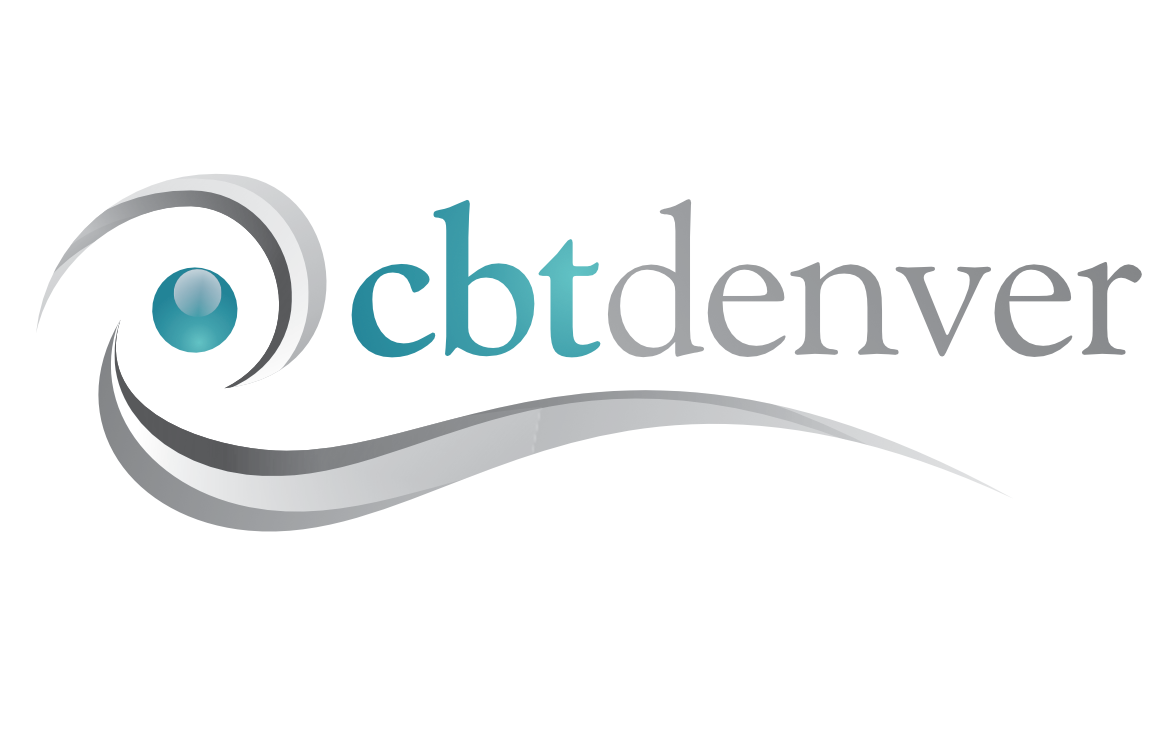Seasonal Affective Disorder
SAD is a fitting acronym for the condition known as seasonal affective disorder because changes in the seasons, particularly to fall and winter, can trigger feelings of sadness and depression. SAD, in fact, is a subtype of major depression, and the effects of both can interfere with school, work, personal relationships and social life. Cognitive-behavioral therapy (CBT), alone or in conjunction with other treatments, has demonstrated success in relieving the symptoms and stresses associated with SAD.
SAD Symptoms
SAD’s indicators generally emerge in the darker, cooler days of fall and winter and subside beginning with the brighter, warmer days of spring; some people, it should be noted, experience the opposite seasonal pattern. SAD shares many symptoms with major depressive disorder, including:
Feeling low or depressed most of the day on most days of the week
Feelings of hopelessness
Loss of interest in activities you previously enjoyed
Difficulty concentrating
Irritability
Low energy or sense of fatigue
Hypersensitivity
Appetite swings
While it’s normal to have “down” days and periodically feel moodiness or a lack of motivation, seasonal affective disorder should not be dismissed as “winter blues” or minor depression. You should seek treatment if you feel down for days or weeks at a time, experience a diminished enjoyment of life, or if your symptoms are accompanied by changes in sleep patterns, increased use of alcohol or other drugs, or thoughts of death or suicide.
SAD Causes and Risk Factors
The precise cause of SAD is not known, but it believed to be triggered by specific factors that include your biological clock, brain chemical changes and hormonal fluctuations.
The reduced levels of daylight and time changes that accompany fall and winter can impact your body’s circadian rhythm, which affects sleep and other functions. Likewise, limited sunlight also affects your serotonin levels; serotonin is a brain chemical and neurotransmitter that plays a role in your mood. Seasonal cycles also alter your body’s levels of melatonin, a hormone that helps regulate sleep patterns and mood.
Anyone can suffer from SAD, but there are factors that increase your risk. Teenagers and young adult are more prone to the effects of SAD, as are women. Having existing depression or bipolar disorder can also heighten your risk of developing SAD.
SAD Complications and Treatment
If not treated, the symptoms of SAD can progressively intensify and recur year after year. SAD can further lead to social withdrawal, problems at school or work, substance abuse, suicidal thoughts and other self-destructive behavior.
Cognitive-behavioral therapy can help you identify and change the negative thoughts and behaviors associated with SAD. CBT provides you with healthy ways to manage the depression and stresses of SAD, and it may be used independently or in conjunction with a complementary treatment such as light therapy.


